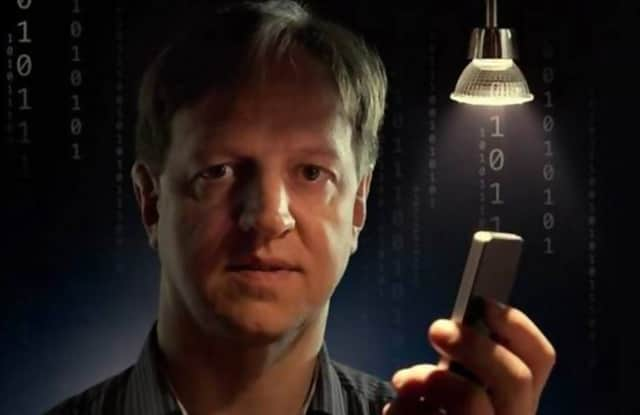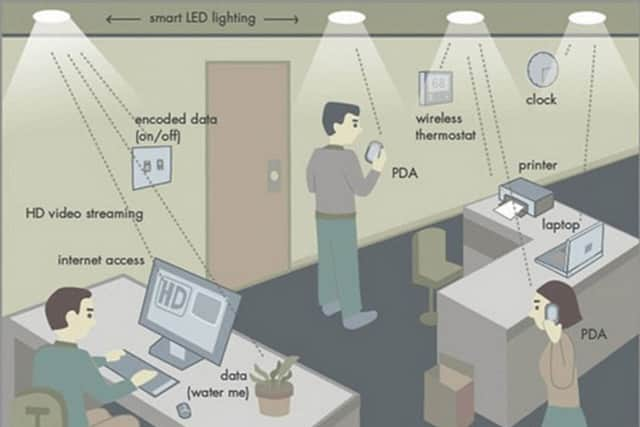Wi-Fi could be replaced by ‘100x faster’ Li-Fi


Tested earlier this year, Li-Fi is a wireless technology that transmits data at high speeds using ‘visible light communication’ (VLC).
Scientists manage to achieve eye-watering speeds of up to 224 gigabits per second during the tests, and have recently been trialling Li-Fi in industrial environments and office space in Estonian capital Tallinn.
Advertisement
Hide AdAdvertisement
Hide AdAnd with data transmitting at a rate of 1GB per second - or 100 times faster than average Wi-Fi speeds - and tests continuing, it’s likely that we’ll be hearing a lot more about the technology in the coming months.


Deepak Solanki, chief of Estonian tech firm Velmenni, told the IB Times that a few ‘pilot projects’ involving VLC technology were currently under way.
Mr Solanki added: “Currently we have designed a smart lighting solution for an industrial environment where the data communication is done through light.
“We are also doing a pilot project with a private client where we are setting up a Li-Fi network to access the Internet in their office space.”
Li-Fi was invented in Scotland, by Harald Haas at the University of Edinburgh in 2011.
Haas demonstrated that by flickering the light from one light-emitting diode (LED), he could transmit far more data than a cellular tower was capable of.
VLC - Visible Light Communication - has been described as an advanced form of Morse code communcication. Flicking an LED on and off at high speeds invisible to the naked eye can allow data to be written and transmitted in binary code.
Advertisement
Hide AdAdvertisement
Hide AdOne of the key benefits of Li-Fi aside from high speeds is its security. Because light is unable to pass through walls, this means that connections are more secure - and there is less interference between devices.
Although Li-Fi is unlikely to completely replace Wi-Fi in the near future, the expectation is that the two technologies could be paired together to create quicker, more secure networks.
Haas said in a 2011 TED talk that his dream was for everyone to have access to the internet via LED light bulbs.
Haas said: “All we need to do is fit a small microchip to every potential illumination device and this would then combine two basic functionalities - illumination and wireless data transmission.
“In the future, we will not only have 14 billion light bulbs, we may also have 14 billion Li-Fis deployed worldwide for a cleaner, greener, and even brighter future.”
Haas and his team have already launched a firm named PureLiFi, a company that offers a ‘plug-and-play’ appplication for secure Wi-Fi internet access while a French tech firm, Oledcomm, is currently looking at ways of installing its own Li-Fi technology in hospitals around the Vélizy-Villacoublay region in northern France.